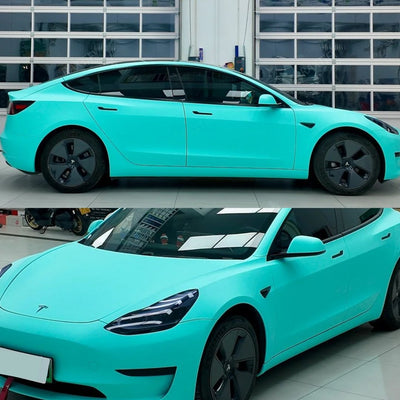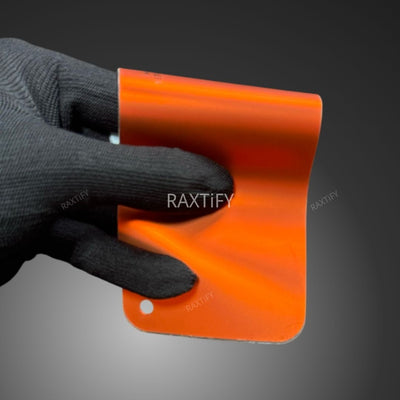Introduction
If you've recently had your car vinyl-wrapped and are wondering how to maintain its shine, you're not alone. Many people who have traditional paint jobs on their vehicles often opt for wax coatings to protect the paint and keep their cars looking sleek.
Now, you might be curious if the same applies to a vinyl-wrapped car. The answer is yes! Wax coating can be applied to your car wrap to shield it from environmental elements like dust, debris, and UV rays. However, it's crucial not to simply grab any wax and start applying it to your vinyl.
When considering waxing your wrapped car, there are several factors to take into account, as it's not suitable for every type of vinyl wrap. But don't worry. Let's explore whether wax coating is the right choice for your wrapped ride.
Yes, you can indeed wax your vinyl-wrapped vehicle, but it's essential to meet specific conditions and keep key factors in mind.
Which types of vinyl are suitable for waxing?
Wax application is not recommended for Matte, textured, chrome, satin, and metallic vinyl wraps.
It's crucial to understand that applying wax is only suitable for glossy vinyl-wrapped cars. The wax enhances the shine of the glossy vinyl wrap, preserving its original appearance. Matte vinyl, on the other hand, should not be waxed, as it lacks the glossy finish and could result in damage. Similarly, it's not advisable to use wax on textured, chrome, satin, or metallic vinyl-wrapped vehicles.
To maintain the longevity of these vinyl wraps, regular cleaning and proper storage are essential. For non-textured vinyl wraps, a detailer spray may also be used to keep them looking fresh.
How to Properly Wax Your Car's Vinyl Wrap?
If you've determined that your vinyl wrap can be safely waxed without causing damage, the next step is understanding how to execute the process.
Before you begin, pay attention to the following:
-
Ensure your glossy vinyl wrap is in flawless condition. If it has scratches or bumps, wax could accumulate in these areas, potentially causing further damage.
-
Check the wax ingredients. Opt for non-abrasive wax specifically designed for use on vinyl wraps. The ideal glossy vinyl wax should include a waterless wash and wax formula, without petroleum distillates or harsh chemicals.
Once you've confirmed these aspects, follow these steps:
-
Thoroughly clean your vehicle wrap with warm soapy water and a microfiber cloth. Allow it to dry completely before applying any wax.
-
Begin by applying wax to a small area to gauge the results. Only proceed if you are satisfied with the outcome.
-
Evenly spread the wax over your wrapped vehicle using straight and consistent strokes.
-
Use a gentle cloth to remove any excess wax.
-
If you notice any wax or waxy residue after completing the job, use an all-purpose cleaner. Avoid letting it stay, as it could potentially harm the vinyl.
By following these steps, you can effectively wax your car's vinyl wrap, maintaining its glossy appearance and ensuring its longevity.
































